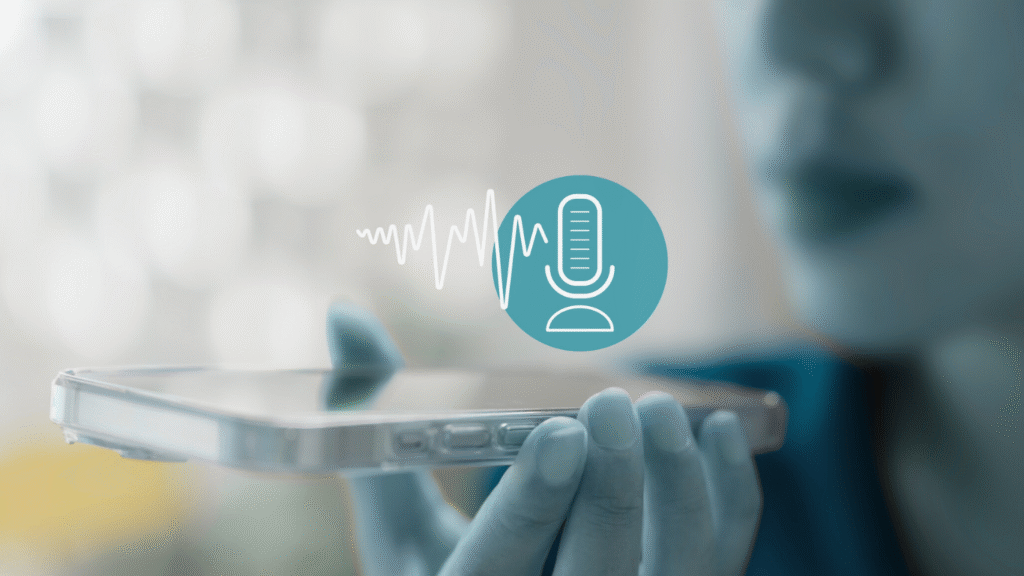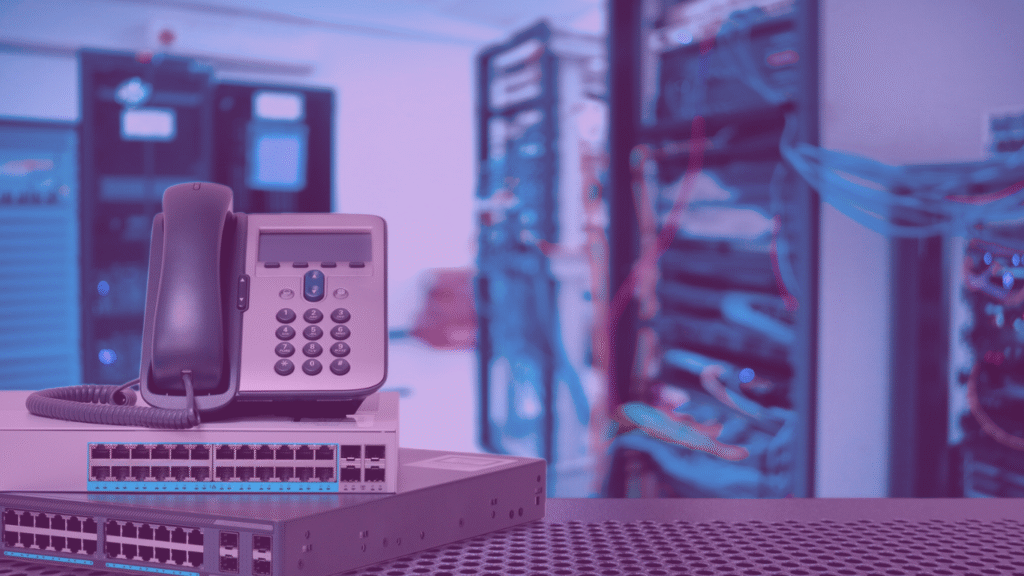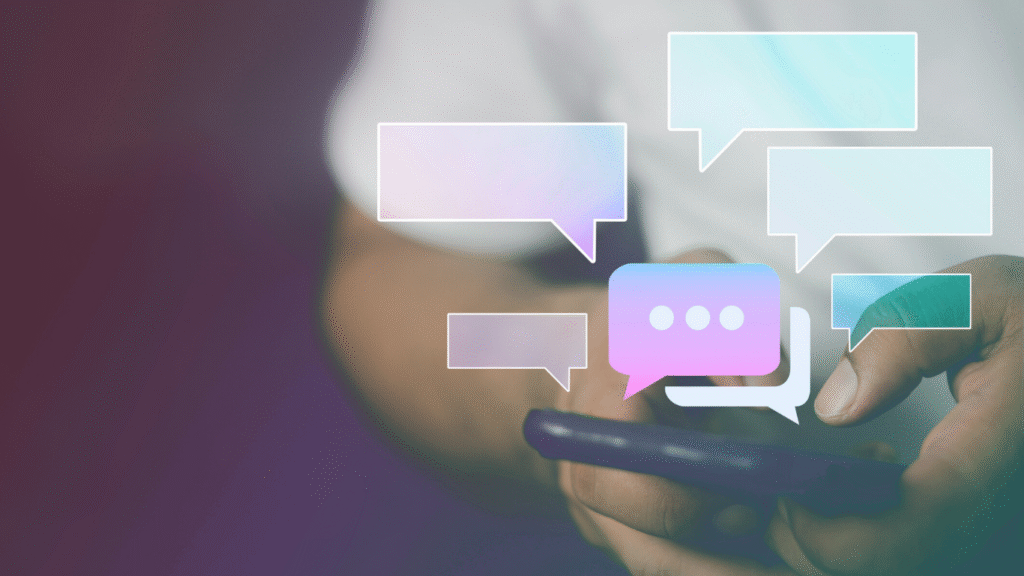Choosing the Right Phone System for Healthcare
08/07/2025
In healthcare, clear communication is essential. Whether it’s a patient calling to book an appointment or a nurse coordinating care, every call matters.
With so many phone system options available, choosing the right one can feel overwhelming. From legacy landlines to cloud-based VoIP solutions, each setup offers different features, pricing, and flexibility.
The right phone system does more than just connect calls. It improves patient care, reduces wait times, streamlines operations, and supports staff satisfaction.
This guide breaks down what you need to know to choose a system that fits your clinic, hospital, or healthcare practice.

Why Reliable Phone Systems Matter in Healthcare
Effective communication is the lifeline of any healthcare facility. Without it, patient care can suffer and critical details can be missed.
A strong, reliable phone system makes sure important information gets where it needs to go. It connects patients to the right person quickly, without delays or confusion.
Some of the main benefits include:
• Shorter wait times for patients
• Better coordination among staff
• Faster response in urgent situations
When time is of the essence, especially in emergencies, a dependable phone system can be the difference between a quick solution and a serious complication. It helps teams respond faster, collaborate better, and deliver care more effectively.ient outcomes, ensuring timely and coordinated care across all departments.
Types of Phone Systems for Healthcare Settings
Healthcare settings have several phone system options, each with its own strengths. Knowing the differences can help you choose what works best for your facility — especially when communication can directly affect patient safety.
Traditional landlines are stable and familiar. They’ve been used for decades and offer dependable basic communication. But they can be expensive to maintain and lack the flexibility needed in today’s fast-paced clinical environments.
VoIP systems use your internet connection to deliver calls. These systems are far more cost-effective than landlines and come loaded with features like call forwarding, voicemail-to-email, and mobile access. This makes them ideal for clinics aiming to modernize without overspending.
Cloud-based phone systems take things a step further. They offer remote access, seamless scalability, and automatic updates — especially valuable for growing practices or multi-location facilities. Cloud-based platforms also make it easier to integrate with electronic health records and other digital tools.
The main options include:
• Traditional landlines
• VoIP systems
• Cloud-based systems
Your choice should be based on your facility’s size, current infrastructure, and need for flexibility. Look at how each system fits your existing workflow and whether it can grow with you.
Here’s why it matters: According to CRICO Strategies, nearly 30% of malpractice claims involve a communication failure — and the Joint Commission reports that over 80% of serious medical errors stem from miscommunication during patient transfers. The right phone system can help reduce these risks by improving clarity, routing calls efficiently, and keeping staff connected in real time.
Sources:
- CRICO Strategies, Malpractice Risks in Communication Failures, 2015
- The Joint Commission, Sentinel Event Data Root Causes by Event Type, 2015

Key Features to Look for in a Medical Office Phone System
A medical office phone system must meet specific requirements to ensure smooth, secure communication. Identifying these features early in the selection process helps avoid disruptions and compliance issues down the road.
First and foremost, HIPAA compliance is non-negotiable. Your phone system must protect patient data and meet strict privacy standards. In 2023, the average cost of a single HIPAA breach was over $475 per record exposed, making secure systems not just a legal necessity, but a financial one too (IBM Cost of a Data Breach Report, 2023).
Integration capabilities are also key. Your phone system should work seamlessly with Electronic Health Records (EHR) and other healthcare platforms. Clinics that successfully integrate communication tools with their EHR systems have seen up to a 40% boost in administrative efficiency (HealthIT.gov). This reduces time spent on manual tasks and frees up staff for more meaningful patient care.
Another must-have is efficient call routing. A phone system with a well-structured call tree can direct patients quickly and accurately, minimizing hold times and improving satisfaction. Studies show that up to 60% of patients consider switching providers due to long wait times or misrouted calls (Accenture Health Consumer Survey, 2021), so getting this right matters more than ever.
Key features to consider include:
- HIPAA compliance
- EHR integration
- Efficient call routing
Don’t overlook secure messaging either. Your system should support encrypted communication between staff and patients. And as your practice grows, scalability becomes critical — choose a system that can expand easily, without a major tech overhaul. Finally, prioritize vendors who offer strong customer support and regular updates, so you stay current with changing technologies and compliance requirements.
Sources:
- IBM. Cost of a Data Breach Report 2023.
- HealthIT.gov. Benefits of Electronic Health Records (EHRs).
- Accenture. 2021 Digital Health Consumer Survey.
The Benefits of a Cloud Phone System for Healthcare
Cloud phone systems offer numerous advantages for healthcare facilities. They’re built for flexibility and can easily adapt as needs change—whether your practice is growing, merging, or opening new locations.
Cost-effectiveness is one of the biggest draws. Unlike traditional systems, cloud-based setups require minimal hardware and lower upfront investment. Maintenance is handled off-site, which cuts down on IT overhead and frees up budget for other priorities.
Remote access is another major benefit. Staff can stay connected from anywhere—whether working off-site, on call, or between clinics. This kind of accessibility improves both responsiveness and internal coordination.
Key benefits include:
- Cost savings through reduced hardware and maintenance
- Remote accessibility for mobile and off-site teams
- Scalable infrastructure that grows with your practice
Scalability is especially important in healthcare. Cloud systems make it easy to add or remove users, extend service to new locations, and integrate additional features without starting from scratch. The ability to adjust user licenses ensures you only pay for what you need, when you need it—making the system efficient and future-proof. fit for any setting. Furthermore, cloud systems offer automatic updates, keeping technology cutting-edge without added effort.

Enhancing Patient Experience: Call Trees, On Hold Messages, and Virtual Assistants
Enhancing patient experience is crucial in healthcare settings. An efficient phone system plays a key role in achieving that goal by ensuring every call is handled with care, clarity, and speed.
Well-designed call trees make it easy for patients to reach the right department without frustration. Whether they need to book an appointment, speak to a nurse, or ask about test results, streamlined routing cuts down on confusion and delays.
On hold messages provide helpful information while patients wait. From health tips and seasonal reminders to clinic hours and service updates, these messages can educate, reassure, and even promote wellness services—turning wait time into useful engagement.
Virtual assistants take things even further. By automating routine inquiries like hours, directions, or appointment confirmations, they offer quick answers and reduce the load on front-line staff.
Key elements to enhance patient experience include:
- Efficient call trees
- Informative on hold messages
- Responsive virtual assistants
Implementing these features can significantly improve patient satisfaction. When communication flows smoothly, it builds trust, reduces anxiety, and makes patients feel genuinely cared for. In a healthcare environment where every detail matters, a professional, responsive phone system becomes a vital part of the overall patient experience.ly, it streamlines operations, leading to a more effective healthcare environment.

Security, Compliance, and Integration: What Healthcare Needs
In healthcare, security and compliance are non-negotiable. A reliable phone system must meet strict privacy standards to ensure patient information stays protected at all times.
HIPAA compliance is the foundation. Any system used to handle patient calls must follow federal guidelines to protect health data, including call recordings, voicemail storage, and messaging features. In 2023 alone, over 133 million individuals were affected by healthcare data breaches in the U.S., according to the Department of Health and Human Services (HHS) — a sharp reminder that compliance isn’t optional, it’s essential.
Robust data encryption adds another layer of protection. Whether calls are live or recorded, encryption ensures sensitive conversations aren’t exposed to unauthorized access or cyber threats. With 95% of healthcare organizations reporting at least one cybersecurity breach in the past three years (Healthcare IT News), protecting every communication channel is crucial.
Seamless integration with EHR systems is also critical. When phone systems connect with patient records and other digital tools, it streamlines workflows and reduces manual errors. According to a study by Health Affairs, nearly 70% of medical errors are linked to communication breakdowns. Integration helps bridge those gaps and support better outcomes.
Key considerations for a healthcare phone system include:
- HIPAA compliance
- Robust data encryption
- EHR system integration
Choosing a system with these features builds trust and operational confidence. It strengthens your security posture, simplifies processes, and allows healthcare professionals to focus more on delivering high-quality care—not managing communication hiccups.
Sources:
- U.S. Department of Health and Human Services (HHS). Breach Portal: Notice to the Secretary of HHS Breach of Unsecured Protected Health Information.
- Healthcare IT News. 95% of Healthcare Orgs Report Cybersecurity Incidents.
- Health Affairs. Communication Failures Linked to 70% of Medical Errors.

How to Choose the Best Phone System for Your Facility
Selecting the right phone system requires a strategic approach. Start by assessing your facility’s size and daily call volume. Smaller clinics might need a straightforward setup, while multi-location or hospital networks often require advanced systems with layered call handling. Budget is an important consideration, but so is long-term value—investing in the right system upfront can save time, money, and patient frustration down the road.
Key factors to guide your choice include:
• Facility size and scale
• Specific communication needs
• Budget considerations
Be sure to evaluate features like auto attendant recordings, which allow calls to be routed efficiently without relying on staff. This reduces wait times and ensures patients connect with the right department faster. Adding on hold marketing transforms idle wait time into a meaningful touchpoint, giving patients helpful information, answering common questions, or reinforcing your brand’s values.
Look for systems that support seamless integration with electronic health records (EHR) and offer scalability to grow alongside your practice. The best solutions are flexible, secure, and designed to improve both internal workflows and the patient experience. By factoring in the power of voice tools like custom messaging and efficient routing, you’re not just choosing a phone system—you’re building a communication strategy that supports care delivery at every level.
Real-World Examples: Successful Implementations in Healthcare
Many healthcare facilities have embraced modern phone systems to improve communication and streamline day-to-day operations. These advanced systems do more than just handle calls—they enhance the overall patient experience and increase staff efficiency.
Real-world improvements include:
- Hospitals reducing patient wait times by using custom auto attendant prompts to route calls more efficiently
- Clinics integrating their electronic health records (EHR) with phone systems to ensure seamless access to patient information during calls
- Medical offices using virtual assistants to handle appointment scheduling and answer routine inquiries
- Practices using on hold messaging to share health tips, policy updates, or seasonal services, keeping patients informed and engaged while they wait
These examples show how tailored phone systems can solve specific challenges—from reducing administrative workload to creating a more polished and professional experience for patients. By learning from these successful implementations, your healthcare facility can adopt similar tools to enhance communication, reduce friction, and improve overall care delivery.

The Future of Healthcare Phone Systems
As technology continues to advance, healthcare phone systems are poised for major transformation. Artificial intelligence is already reshaping how clinics and hospitals manage communication. From AI-powered virtual assistants that handle routine scheduling and triage calls, to automated on hold messaging that adjusts dynamically based on time of day or caller history, the tools are becoming smarter and more intuitive.
Another exciting development is the integration of data analytics into phone systems. These insights can help identify call volume trends, common patient concerns, and peak call times—allowing facilities to optimize staffing and improve response times. Clinics will be able to fine-tune their auto attendant call flows and hold messages based on real-world usage, ensuring every caller has a smoother, more personalized experience.
The future of healthcare communication will be proactive, adaptive, and deeply integrated with patient care—turning the phone system into a strategic asset rather than just a utility.
Conclusion
Selecting the right phone system in healthcare is more than just a technical decision. It’s about creating a reliable communication foundation that supports both staff and patients. A well-chosen system can reduce wait times, streamline daily operations, and improve overall satisfaction.
Take time to assess your facility’s specific needs. Look for flexible systems that offer advanced features like custom auto attendants, secure messaging, and on hold marketing. And make sure your system meets the highest standards for privacy and compliance.
With the right setup in place, your healthcare team can focus on what matters most—delivering exceptional care.